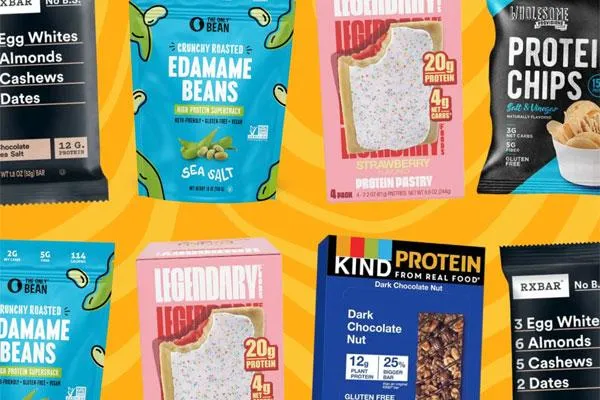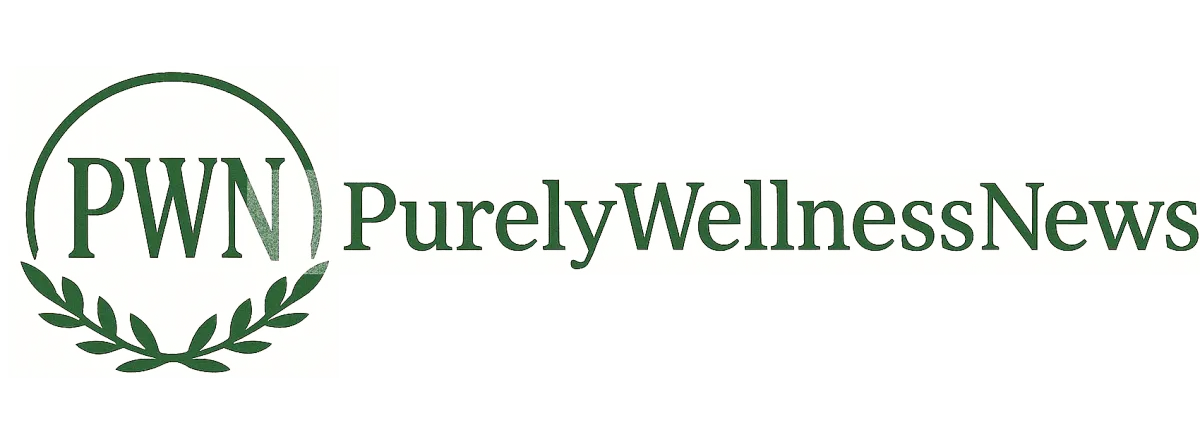
PWN Wellness Trends Aug 31 2025
High-Protein & High-Fiber Foods Are Soaring in Online Orders: What’s Driving It—and What It Means for U.S. Grocery
Executive snapshot
Demand is spiking: Instacart’s 2024–25 data show wellness-leaning categories leaping online: prebiotic & probiotic drinks (+58%), electrolyte drink powders (+36%), and non-alcoholic cocktails (+404%). Cottage cheese—often marketed as a high-protein staple—also grew +17%. Instacart Delivered 2024
Protein is a top goal: In the 2024 IFIC Food & Health Survey, 71% of Americans said they’re trying to consume more protein—up sharply year over year. PMC
Search intent is shifting: Media reports citing Instacart platform data note big jumps in “high-protein” and “high-fiber” queries, aligning with the wellness tilt seen in basket data. (These figures reflect activity on Instacart and not total U.S. retail.) New York Post
Tools are reinforcing the trend: Instacart’s Smart Shop adds AI-driven dietary filters (e.g., high protein, high fiber, low carb), making it easier to find nutrition-forward items—likely amplifying search and purchase momentum. Instacart+1CX Dive
Why protein and fiber—why now?
1) GLP-1 era habits
As GLP-1 weight-management meds enter the mainstream, clinicians emphasize adequate protein (plus resistance training) to help preserve lean mass; patients are also nudged toward fiber-rich, minimally processed foods for satiety and glycemic control. A 2025 joint advisory (AJCN) outlines these priorities. PMCAmerican Journal of Clinical NutritionAmerican College of CardiologyAdvances
2) Satiety science you can feel
Meta-analyses show higher-protein meals suppress appetite hormones and boost satiety signals; viscous soluble fibers (e.g., psyllium, beta-glucan) blunt post-meal glucose and can aid body-weight and lipid markers. Consumers may not cite the mechanisms—they just feel fuller, longer. PubMedPMC+2PMC+2Clinical Nutrition JournalScienceDirect
3) The “fiber gap” is getting attention
Most Americans still under-consume fiber relative to the 14 g/1000 kcal guideline; analyses peg typical intakes around 16–18 g/day, well below targets—so shoppers are primed to respond to “high-fiber” and “prebiotic” labels. Economic Research ServiceThe Lancet
4) Friction is falling in the apps
With Smart Shop and nutrition “health tags,” Instacart now lets shoppers set 14 dietary preferences (including high protein and high fiber)—reducing search friction and surfacing matching products and swaps. That UX shift itself can push category growth. Instacart+1
What’s actually selling online
Protein “powerhouses”: cottage cheese, Greek/Icelandic yogurt, protein snacks, fortified wraps and breads; Instacart tracked a +17% jump for cottage cheese and +6% for Icelandic yogurt. Instacart
Gut & hydration helpers: prebiotic/probiotic drinks (+58%), electrolyte drink powders (+36%), and NA cocktail formats (+404%) suggest shoppers want function without alcohol or excess sugar. Instacart Delivered 2024
(Note: These results reflect Instacart platform purchasing shares, which can differ from total market sales—but they’re a strong leading indicator for e-commerce behaviors.) Instacart Delivered 2024
Consumer mindsets (with practical examples)
Performance without deprivation: High-protein frozen bowls, cottage-cheese-based desserts, protein granolas.
Digestive comfort + metabolic control: High-fiber tortillas, legume-based pastas, psyllium-boosted cereals; prebiotic sodas as an “upgrade” to soda. Instacart Delivered 2024
Sober-curious & lower-sugar: NA cocktails and hydration powders for social occasions—taste and ritual without alcohol or a sugar spike. Instacart Delivered 2024
Implications for U.S. brands & retailers
Own the filter. Optimize product metadata for “high protein,” “high fiber,” “low sugar,” “low carb.” With AI-driven dietary tags, clean metadata wins more impressions. Instacart+1
Design for satiety. Pair complete proteins (dairy, soy, mixed plant blends) with viscous fibers (beta-glucan, inulin, psyllium) to deliver perceptible fullness and stable energy. PubMedPMC
GLP-1-friendly merchandising. Build “Lean-mass preservation” collections (protein-forward meals, ready-to-drink shakes, fiber add-ins) with clear serving-by-serving protein counts (e.g., 20–30 g). PMCAdvances
Bundle by use-case. “High-protein breakfast kit,” “High-fiber pasta night,” or “Sober-curious party cart” (NA cocktails + electrolytes). Instacart Delivered 2024
Upgrade private label. Move beyond commodity oats or wraps—launch protein-fortified, fiber-enriched store brands with transparent macros and fewer sweeteners.
Educate with receipts. Use shoppable content: “Why 30g protein/meal?” “How soluble fiber helps post-meal glucose.” Link to credible sources in PDPs. PubMedPMC
Mind the GI. Flag gradual fiber increases and hydration to minimize GI discomfort; recommend step-ups (e.g., +5 g/day) and water. (Backed by fiber clinicals.) PMC
Risks & realities to watch
Protein ≠ panacea: Some RCTs show satiety benefits without guaranteed daily energy-intake reductions—position claims responsibly. ScienceDirectMDPI
Fiber tolerance varies: Start low, go slow with fermentable fibers (inulin, FOS). PMC
Platform ≠ population: Instacart trends are powerful but reflect its user base and assortment. Combine them with syndicated retail data for full-market planning. Instacart Delivered 2024
The bottom line
Between AI-assisted grocery apps and satiety-driven wellness, high-protein and high-fiber products are becoming default choices in U.S. online baskets. Brands that tag, formulate, and educate around protein-and-fiber outcomes will win search, win the shelf—and win repeat carts. Instacart+1









